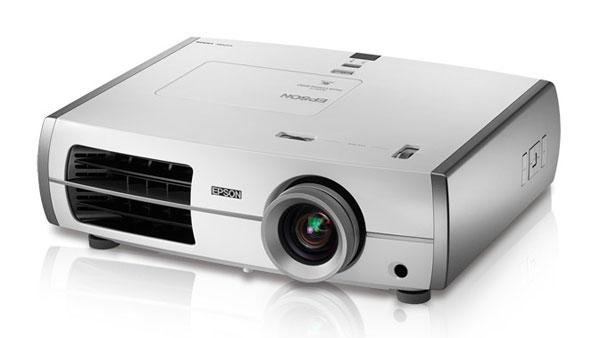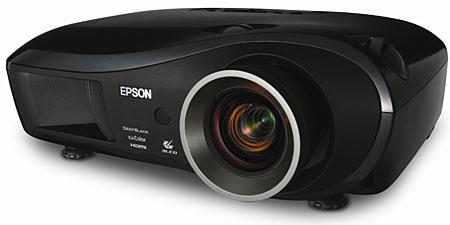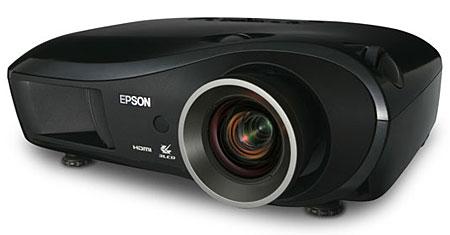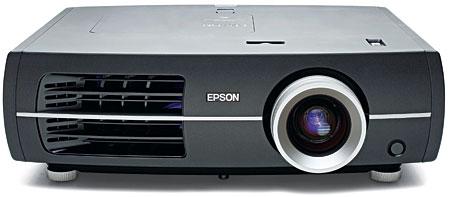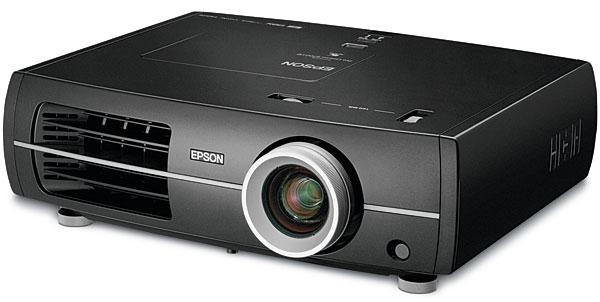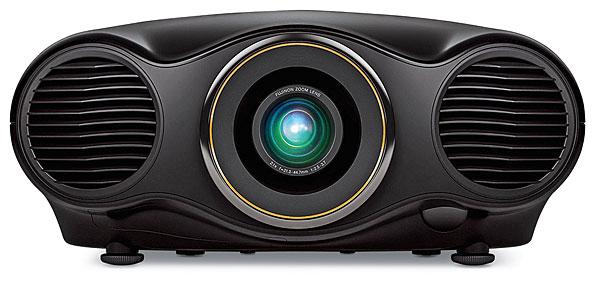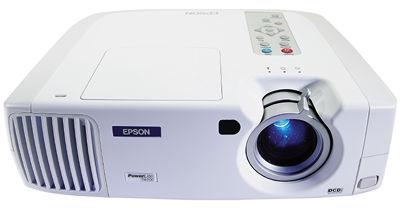Projector Reviews
Sort By: Post DateTitle Publish Date
|
Sep 18, 2004 |
First Published: Sep 01, 2004
|
Jul 17, 2007 |
First Published: Jul 18, 2007
|
Jul 06, 2009
|
Jul 21, 2008
|
Jun 10, 2007 |
First Published: Jun 11, 2007
|
Dec 20, 2006
|
Mar 01, 2010
|
Mar 03, 2011
|
Oct 29, 2015
|
Apr 06, 2017




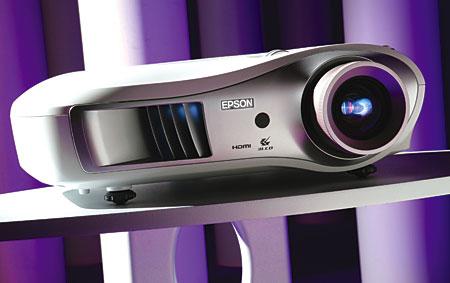
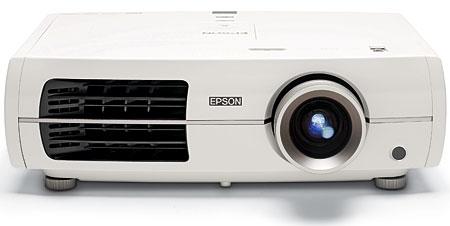
 Price: $2,999 At A Glance: Excellent video processing • Superior color and color adjustability • Near state-of-the-art black level • Natural detail
Price: $2,999 At A Glance: Excellent video processing • Superior color and color adjustability • Near state-of-the-art black level • Natural detail
